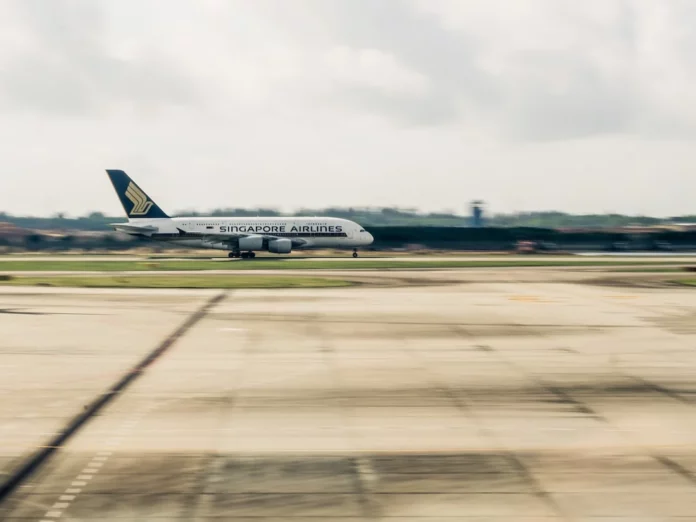A stability augmentation system (SAS), also known as a stability augmentation and control system (SACS), is an important component in aviation that plays a crucial role in ensuring the stability and control of an aircraft during flight. It is designed to enhance the inherent stability of an aircraft and assist pilots in maintaining control in various flight conditions, such as turbulence, gusts, and maneuvers. The SAS uses a combination of sensors, mechanical devices, and computing systems to provide automatic control inputs that counteract destabilizing factors and help the pilot maintain control of the aircraft.
The primary goal of a stability augmentation system is to improve the handling qualities of an aircraft, making it easier and safer for the pilot to fly. By providing stability augmentation, the system reduces pilot workload while enabling the aircraft to maintain a desired flight attitude and trajectory. This is particularly important during critical phases of flight, such as takeoff, landing, and maneuvering, where precise control is crucial for the safety and efficiency of the operation.
The stability augmentation system works in tandem with the aircraft’s flight control system, which includes the primary flight controls (aileron, elevator, and rudder) and any additional control mechanisms, such as wing flaps and slats. The SAS receives inputs from various sensors, such as accelerometers, gyroscopes, and air data sensors, to measure the aircraft’s motion and attitude. Based on these measurements, the system calculates the necessary control inputs to counteract any deviations from desired flight parameters and sends commands to the flight control system for execution.
How Does a Stability Augmentation System Enhance Stability?
The stability augmentation system uses various techniques and components to enhance the stability of an aircraft. One such technique is the use of stability augmentation gains, which are specific parameters that determine the level of stability augmentation provided by the system. These gains are carefully calibrated to ensure optimal stability without compromising maneuverability.
Additionally, the SAS may incorporate rate limiters, which restrict the rate at which control inputs can be made, preventing abrupt and potentially destabilizing movements. Rate limiters help smooth out pilot inputs and reduce the likelihood of overcorrections or stalling. By controlling the rate of change of control inputs, the SAS adds another layer of stability to the aircraft.
Another important component of a stability augmentation system is the autopilot, which is responsible for automatically controlling the aircraft in response to deviations from desired flight parameters. The autopilot utilizes the SAS to provide precise control inputs to maintain stability and stay within predefined limits. This is particularly useful during long-haul flights or when the pilot needs to focus on other tasks, as it reduces pilot workload and ensures the aircraft remains stable.
The Advantages of Stability Augmentation Systems
Stability augmentation systems offer several key advantages in aviation:
- Enhanced Safety: By providing automatic control inputs to maintain stability, SAS reduces the risk of loss of control, especially during challenging flight conditions.
- Reduced Pilot Workload: The SAS assists in maintaining stability and control, thus reducing pilot workload and allowing them to focus on other critical flight tasks.
- Better Maneuverability: Stability augmentation systems can improve an aircraft’s maneuverability, allowing it to perform more precise and controlled maneuvers.
- Increased Efficiency: By ensuring stability and control, SAS helps optimize aircraft performance, reducing fuel consumption and enhancing overall operational efficiency.
Overall, a stability augmentation system is a crucial component of modern aircraft, enhancing safety, reducing pilot workload, and improving overall flight performance. Its integration with the flight control system ensures that the aircraft remains stable and maneuverable in various flight conditions, making it an essential tool for pilots and airlines.




